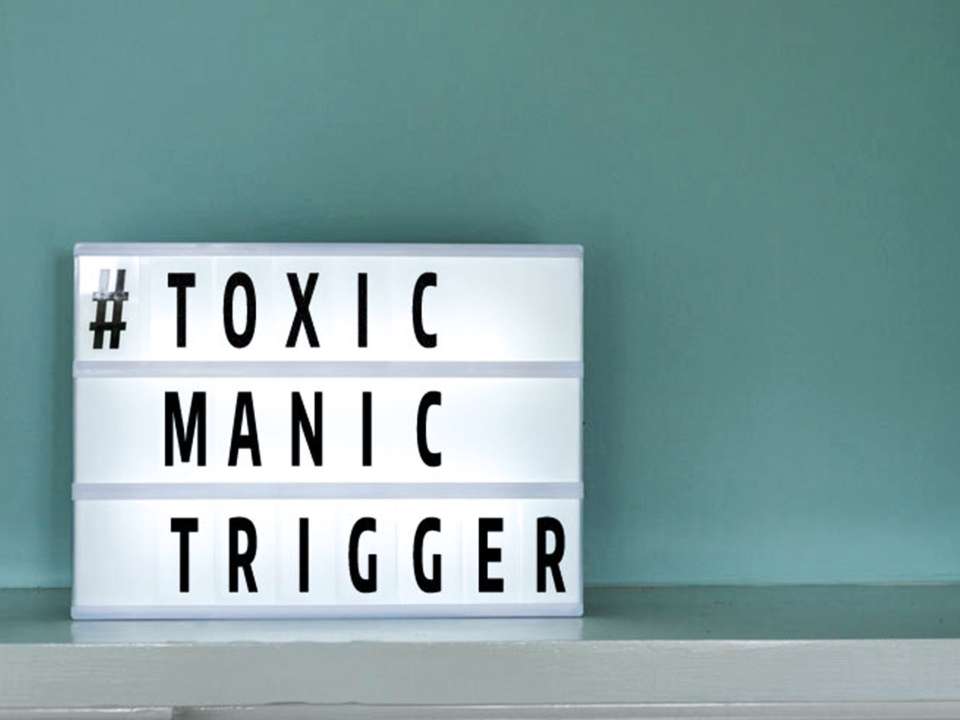3 Ways to Feel Happier Through Small, Concrete Actions

From pop songs to the Declaration of Independence, there’s a lot of emphasis on being happy. Yet despite our collective desire for the emotion, it’s hard to know how to achieve it.
Part of the problem is the concept of happiness is vague and intangible; telling yourself to be happy or wishing you were happy doesn’t help you change your mood, especially if you are experiencing depression or anxiety.
“When someone comes in and says, ‘I want to be happy; I want to be satisfied,’ often what they’re describing is wishful thinking. What they really need is a goal. Knowing the difference between wishful thinking and an achievable goal is important,” says Barbara McCann, a psychologist at Harborview Medical Center.
If you’re feeling down or depressed, instead of focusing on the idea of happiness, try taking small, concrete actions to improve your mood.
Why small actions improve mood
Which comes first: your mood, thoughts or behavior? (Hint: it’s a trick question.)
Mood, behavior and cognition feed on each other, McCann says. It’s not that one triggers the others, but rather that they all interact with one another. So, how you feel influences your thoughts and actions, and vice versa.
When you feel good, you are more likely to have positive thoughts and take actions that make you feel even better. For example, if you’re in a good mood when you go to a party, you are more likely to feel excited, assume positive intent about other people, and then engage with them. In turn, you might leave having made friends and feeling happier and more connected.
The same is true in reverse. If you feel anxious or depressed, you’re more likely to have negative or self-critical thoughts and it’s harder to do things that will make you feel better. Perhaps at the party you end up feeling anxious about what others think, avoid talking to others, and leave feeling worse.
While mood, thoughts and behavior influence one another, on a practical level, it’s easiest to make changes to your behavior to help you feel better overall, McCann says. This is because focusing on your behavior gives you small actions you can take, which often feels more achievable than shifting your thoughts or feelings.
“It’s much easier for me to encourage very small changes in someone’s behavior, like putting away laundry or taking out the garbage,” McCann says. “Wishing you felt better is still sitting in your head. Doing anything else toward how you would act if you felt better is going to get you there faster than wishing things were different.”
How to use behavioral interventions to feel happier
Just because it’s easier to change your behavior than it is to shift your mood doesn’t mean it’s easy.
“It’s pretty common in therapy to suggest behavioral activation and have people say, ‘Look, if I wasn’t depressed, I’d be doing those things and I can’t because I’m depressed.’ People feel pretty stuck,” McCann says.
Change is hard, but you don’t have to go from feeling depressed to Ted Lasso-level optimism overnight. You’re trying to make tiny changes to your routine to create space for more positive feelings. Here’s how.
Start slow and reduce barriers to build momentum
You want to start with small actions and then move forward from there. Completing simple tasks will give you a sense of accomplishment that can start to lift your mood and lead to bigger changes.
McCann recommends setting SMART goals, or goals that are specific, measurable, achievable, relevant and time bound. These goals can be about anything from completing chores around the house to doing activities you typically enjoy. The idea is to pick something that is doable to give yourself a feeling of success.
“If a task feels insurmountable, and it might be for someone who is very depressed, try to make the goals a little more attainable,” McCann says. “If you’re starting with something basic like getting up and showering for the day, maybe you make sure you have soap and set aside some clothes to change into in the morning. The idea is to reduce any barriers that might get in the way.”
Shift what you focus on
When you feel down, you likely don’t have the motivation to complete tasks even if you know doing so might make you feel better.
To overcome the motivation hurdle, shift your focus from how doing a task will feel to what it’ll be like once you’ve finished (meaning, think about how nice it will be to have your clothes put away, not about the act of folding them.)
A similar process also works for getting yourself to do activities you enjoy when you feel down.
“People who are having even a temporary off day can feel better if they choose something not based on what they feel like doing in the moment but that they know they’ve enjoyed doing in the past,” McCann says.
By imagining the accomplishment of completing a task or the joy of doing an activity you like, you can access the motivation to get started.
Use the buddy system
You don’t have to shift your behavior on your own.
Asking a friend for encouragement and making plans to do things with others can make it easier to follow through. This could mean scheduling to go on a walk with a loved one or having them text you to check in as you complete errands. And a mental health expert can also support you in addressing your mood, thoughts and behavior to help you feel better.
While it’s normal for happiness to feel elusive, it doesn’t have to be a larger-than-life concept you’re constantly pursuing. Focusing on small actions and day-to-day moments allows you to decide what happiness looks like for you — and can help you access joy in the moment you’re in.

 Healthy ideas for your inbox
Healthy ideas for your inbox





